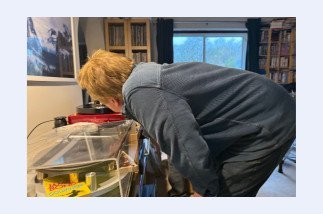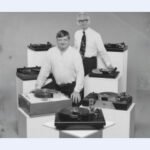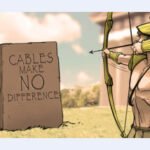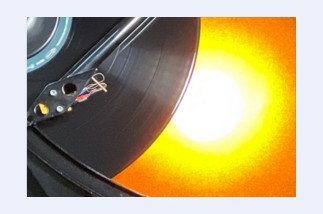Seismic Upgrades: Why Townshend Tops Jonathan Gorse’s Analogue Wishlist
In the ever-evolving world of vinyl revival, where every tweak can unlock hidden grooves, SoundStage! Ultra’s Jonathan Gorse cuts through the hype in his latest opinion piece, “My Favorite Analog Accessories.” While Gorse geeks out over everyday heroes like the humble Hunt EDA Mark 6 cleaning brush—”I use mine to clean every record before I play it… This removes most of the loose surface dust and contaminants”—and the static-zapping SGC SK-III Rhodium antistatic brush that leaves records “noticeably less likely to attract dust,” it’s Townshend Audio’s Seismic isolation lineup that steals the show as his undisputed top pick. These aren’t just supports; they’re vibration assassins that transform good systems into great ones, proving that damping down to 3Hz is the real analog alchemy. Gorse’s journey starts with the Seismic Vibration Isolation Platform (£525–£730), an aluminium shelf perched on four spring-loaded load cells tuned to 3Hz. Slipping it under his Michell GyroDec, he recounts: “The second I placed this platform under my GyroDec and spun a record, I found myself leaning forward on my listening chair, absolutely astounded at the results. More precision, more detail, greater bass articulation—I was stunned.” In his creaky 60-year-old house, it tamed floorboard flex so effectively that skipping became a relic, outpacing traditional spiked setups with quicker, linear responses to impulses. But Gorse doesn’t stop there—he escalates to the Seismic Isolation Bars (£1007–£1429/pair), adjustable stainless steel wonders with load cells at each end to float entire hi-fi racks. Post-install, his system shed its edge: “After floating all of my equipment on air suspension and getting it completely level, it sounded cleaner and less strident, with less harshness or what I have often called ‘digital hash.’ The difference wasn’t trivial.” The real party trick? Footfall-proof playback: Crowning the trio are the Seismic Podiums (£1167–£3200), corner-loaded platforms custom-tuned for loudspeakers. Harriet Townshend’s promise held true: “Placing the Podiums under my speakers would make the biggest difference of all, and in terms of tonal balance, she was certainly right. The level of articulation and precision in the bass was dramatically improved, with a sense of reduced overhang and much snappier rhythm and timing.” Sure, bass slam dipped slightly, but the trade-off—sharper imaging and effortless flow—let him nudge speakers closer to the wall without mud. Gorse sums it up bluntly: “Townshend Seismic supports aren’t cheap, but they are arguably the most significant upgrade you can make to a high-performing system without spending many thousands on better components.”Gorse’s nod to a long-lost Max Townshend prototype—a moving tonearm mount from the early 2000s aimed at tracking error—hints at our enduring obsession with resonance rebellion. Amid his toolkit essentials, such as the precision AVID HiFi Level 45 (“This is probably the best bubble level in the world”) and stylus brushes for banishing grime, Townshend Seismic stands tall as the game-changer. It’s a reminder: in analogue’s golden age, isolation isn’t optional—it’s the foundation for sound that breathes. Dust off your deck, add some Seismic, and let the music move you, not the floor.Read Jonathan Gorse’s Full Favorites →
Ready to isolate your way to bliss? Check out our Seismic range at https://townshendaudio.com/seismic-science/













